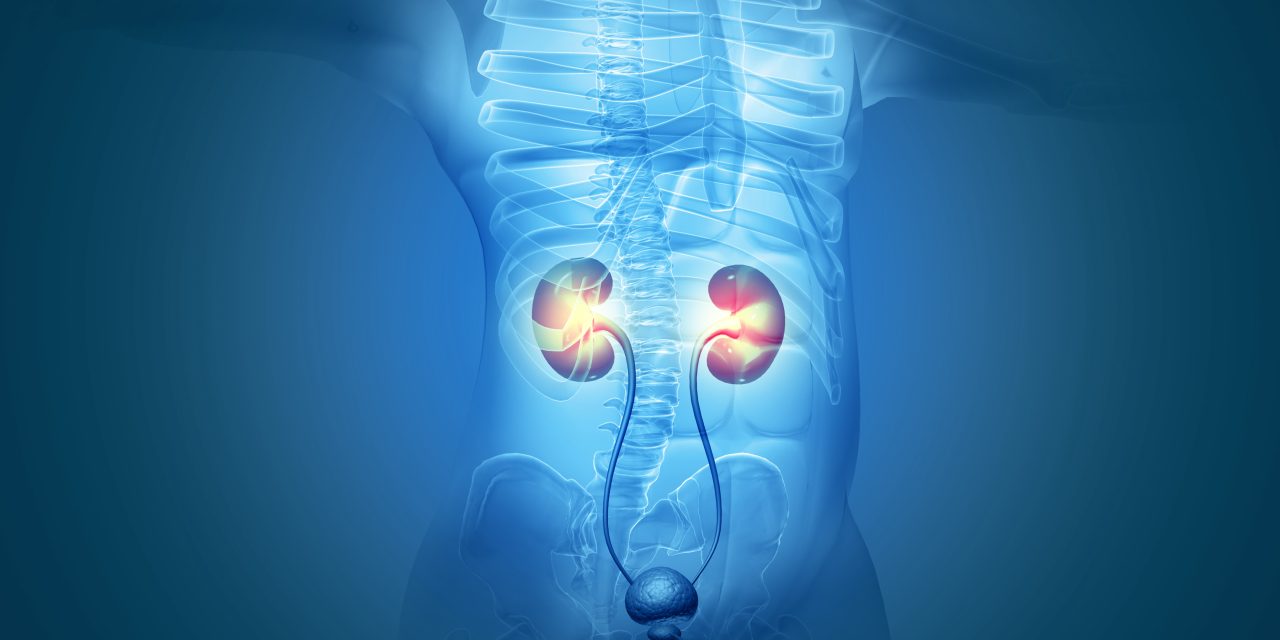The goal of this work was to demonstrate that Doppler ultrasound (DUS) after pharmacological stimulation of erection (PSE) can be used to evaluate the presence and intensity of a cavernovenous leak (CVL) suspected in erectile dysfunction (ED) patients. The study was built around 50 DUS-PSE exams of penile arteries and veins, which were carried out 3, 5, 10 and 20minutes after pharmacological stimulation. Measured parameters were end diastolic velocity of the cavernous arteries and mean velocity of the deep penile vein and/or penile superficial veins. A score from 0 to 3 was attributed to each according to the recorded velocities. A final score from 0 to 9 was established by adding the three values: patients quoting 0 and 1 were classified as “no leak” (n=8); from 2 to 9 (n=42) as “leaking”. Penile computed tomography (CT-scan) under identical pharmacological stimulation identified the cavernovenous leak to be compared with the DUS-PSE results, which were valid in 47 cases (94%), with 97.6% sensitivity and 77.7% specificity. The kappa correlation coefficient for CT-scan diagnosis of suspected CVL was 0.7875 (P<0.001). In addition, we found that end diastolic velocity in the cavernous artery, considered up until now as the gold standard in cases of suspected CVL was insufficient (negative predictive value=47%). In addition to its well-known diagnostic value regarding ED of arterial origin, DUS-PSE is an excellent screening test for CVL, especially in young patients without vascular risk factors who are resistant to medical treatments. For those with well-established CVL, confirmation by CT-scan to discuss possible surgery should be the next step. Moreover, DUS-PSE is useful in postoperative monitoring.Copyright © 2019. Published by Elsevier Masson SAS.
Ultrasonography after pharmacological stimulation of erection for the diagnosis and therapeutic follow-up of erectile dysfunction due to cavernovenous leakage.


